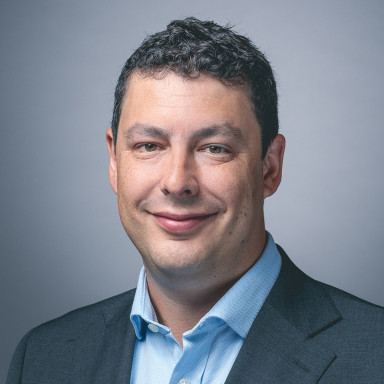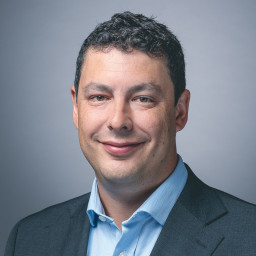2025 has seen lots of political wrangling so far.
It’s led to global stock market volatility and increased uncertainty.
But how are the professionals dealing with these changes and what portfolio changes are they making?
This article isn’t personal advice. Remember, investments and any income from them can rise and fall in value, so you could get back less than you invest. If you’re not sure if an investment’s right for you, ask for financial advice.
What are the longer-term trends?
Data from the Investment Association shows the largest increase has been to ‘Other’ investment strategies, like multi-asset funds and some specialist pension strategies.
Professionals increased their investments from 3% in 2007 to 20% in 2023 (the latest data available).
At the same time, there’s been a fall in the amount invested in bonds and cash.
Looking at company shares, investments in the US stock market increased significantly over the 10 years to 2023, almost doubling to around 35%. This is mainly at the expense of investments in the UK stock market, which fell by around 10% over the same time.
This is partly because US shares have performed better and partly because investments were added to and increased.
In terms of bonds, the big shift for UK investors has been to move away from bonds issued in sterling to bonds issued globally.
Remember though, these are longer-term trends and doesn’t necessarily reflect where the main stock market opportunities are.
What are the professionals thinking about today?
Uncertainty and volatility has been rife so far in 2025 so it’s no surprise that the professionals don’t all share the same views.
Invesco thinks political instability caused by President Trump reduces the attractiveness of US investments. Janus Henderson Investors thinks similarly, although it suggests large US technology companies might be the best place to ride out the macro (wider economic) uncertainty.
BlackRock are taking a different view and suggests remaining overweight (holding more than a benchmark or peers) in the US stock market.
Fidelity International doesn’t take a strong view, but highlight the importance of a globally diversified portfolio because of the heightened US volatility.
The benefits of global diversification is a common view, with Janus Henderson Investors highlighting opportunities outside of the US and BlackRock seeing potential opportunities in European shares. Invesco favours European, UK and Asian stock markets.
When it comes to bonds, most of these asset managers favour emerging market bonds in some form and similarly to shares, suggest a diversified approach.
What changes are the professionals planning?
Citywire recently released the results of their Q3 2025 model portfolio service (MPS) survey, where they ask 40 MPS providers about their planned changes.
When asked about how much they’re investing in shares, almost one in five suggested they were planning to reduce the amount they hold, while only 9% said they were planning to increase.
Looking at specific regions, the biggest potential increases are to emerging markets and Europe, with 31% of respondents looking to do this.
The US was the area with the highest proportion of investors looking to reduce their investments, with over a quarter of respondents saying they want to do this.
Within bonds, there’s a slight bias towards increasing investments, with 20% saying they want to do this compared to 14% saying they want to reduce.
Within bonds there’s a bias towards reducing high yield bonds and bonds issued in US dollars. The proportion of respondents with these views were 24% and 32% respectively.
What about the mixed asset funds on our Wealth Shortlist?
Several funds haven’t made large changes to their asset allocations over the last 12 months, including Baillie Gifford Managed, BNY Mellon Multi-Asset Balanced, Pyrford Global Total Return and Ninety One Diversified Income.
Schroder Managed Balanced has reduced investments in commodities, investment grade and high yield bonds. They’ve also increased the amount invested in government bonds.
Baillie Gifford Monthly Income has reduced the amount invested in shares and increased the amount in real estate and infrastructure.
Troy Trojan has made the most changes. During the market volatility in April this year, the fund’s managers sold US and UK government bonds and added to investments in shares at lower prices. They also invested in Japanese government bonds.
What can investors learn from this?
The desire to want to trade and make changes to your investment portfolios can be high.
The fear of missing out is also common.
There’s lots of commentary on social media for those who want to find it that pushes buying the dip, looking to time the market or simply suggesting investing in things that are high risk due to the potential for higher returns.
The professional investors we’ve looked at have a broad consensus to not panic and take their time to make informed decisions where possible.
After all, doing nothing is an active decision.
It can feel a hard approach to take, particularly when markets are volatile. But sometimes, it can be the best course of action.




